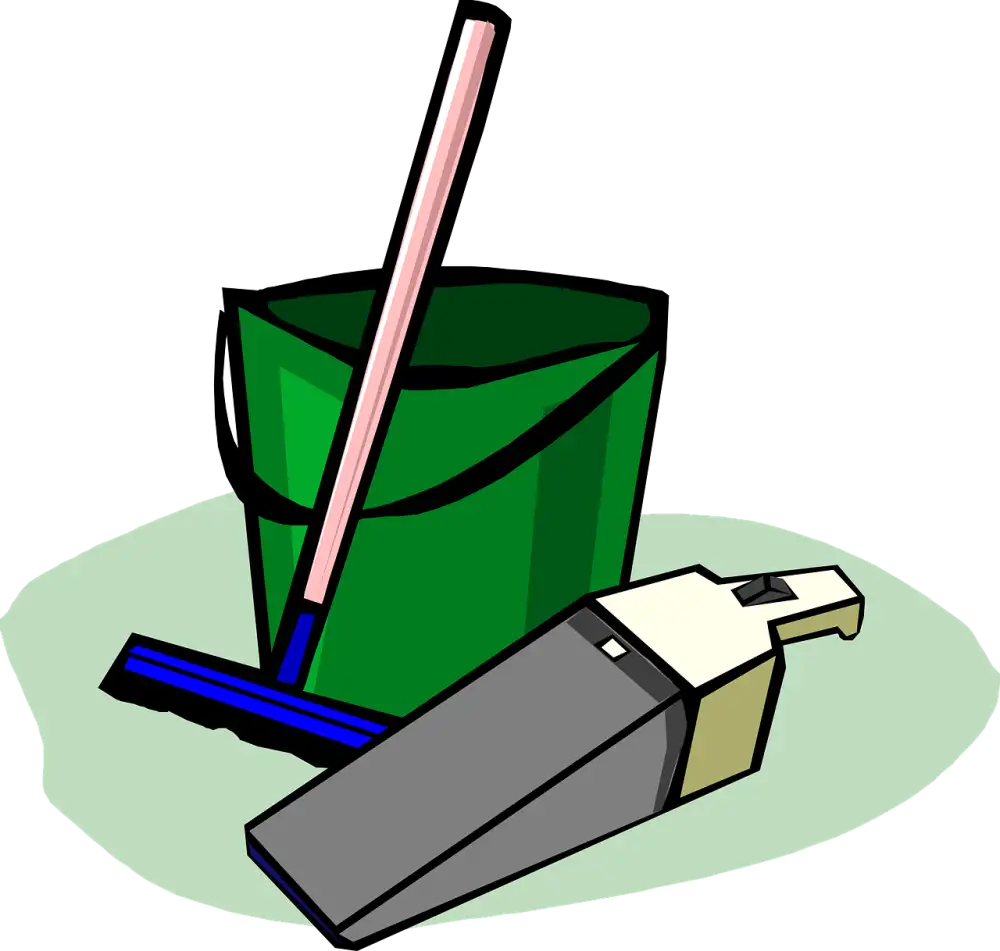Revive Your Rusty Cast Iron Skillet: Expert Tips to Clean and Restore

- Gather the necessary materials: Vinegar, baking soda, scrub brush, paper towels
- Step 1: Rinse the skillet with warm water to remove any loose rust particles
- Step 2: Create a vinegar solution by mixing equal parts vinegar and water
- Step 3: Submerge the skillet in the vinegar solution and let it soak for 1-2 hours
- Step 4: Scrub the skillet with a scrub brush to remove the remaining rust
- Step 5: Rinse the skillet thoroughly with warm water
- Step 6: Dry the skillet completely with paper towels
- Step 7: Season the skillet by applying a thin layer of oil and heating it on the stove
A well-maintained cast iron skillet is an essential tool in any kitchen. Not only does it provide excellent heat distribution for even cooking, but it also adds a unique flavor to dishes. However, over time, these skillets can develop rust, which not only affects their appearance but also their performance. That's why it's crucial to keep your cast iron skillet clean and rust-free. In this article, we will guide you through expert tips on how to revive your rusty skillet and restore its glory. With proper care, you can enjoy the benefits of this versatile cookware for years to come.
Gather the necessary materials: Vinegar, baking soda, scrub brush, paper towels
To revive your rusty cast iron skillet, you will need a few essential materials. Make sure to gather vinegar, baking soda, a scrub brush, and paper towels. These items will play a crucial role in the cleaning and restoration process. With these tools at hand, you'll be well-prepared to tackle the rust and bring your skillet back to its former glory.
Step 1: Rinse the skillet with warm water to remove any loose rust particles
Step 1: Rinse the skillet with warm water to remove any loose rust particles. Before beginning the restoration process, it is important to rinse the cast iron skillet thoroughly with warm water. This will help to remove any loose rust particles that may be present on the surface. Gently scrub the skillet with a soft brush or sponge to dislodge any stubborn rust spots. Be sure to pay extra attention to the corners and crevices of the skillet. Once rinsed, inspect the skillet for any remaining rust and proceed to the next step of the restoration process.
Step 2: Create a vinegar solution by mixing equal parts vinegar and water
Step 2: Create a vinegar solution by mixing equal parts vinegar and water. This simple solution will help break down the rust on your cast iron skillet. Combine the vinegar and water in a bowl or container, ensuring that you have enough to fully submerge the skillet. The acidity of the vinegar will work to dissolve the rust, making it easier to remove in the following steps.
Step 3: Submerge the skillet in the vinegar solution and let it soak for 1-2 hours
Step 3: Submerge the skillet in the vinegar solution and let it soak for 1-2 hours. This step is crucial in removing stubborn rust from your cast iron skillet. The acidity of the vinegar helps to break down the rust, making it easier to remove. Fill a sink or basin with enough vinegar and water to completely submerge the skillet. Place the skillet in the solution, ensuring that it is fully covered. Allow it to soak for 1-2 hours, giving enough time for the vinegar to work its magic on the rust. Remember not to leave it soaking for too long as prolonged exposure to acid can damage the skillet's seasoning.
Step 4: Scrub the skillet with a scrub brush to remove the remaining rust
Step 4: Scrub the skillet with a scrub brush to remove the remaining rust. Once the skillet has soaked in the vinegar solution, it's time to tackle the remaining rust. Take a sturdy scrub brush and gently scrub the surface of the skillet, focusing on areas where rust is still present. Use circular motions and apply a bit of pressure to effectively remove the rust. Be careful not to scrub too aggressively as this can damage the seasoning of the skillet. Take your time and ensure that you cover all areas thoroughly.
Step 5: Rinse the skillet thoroughly with warm water
After scrubbing the skillet with a scrub brush to remove the remaining rust, it's important to rinse it thoroughly with warm water. This will help to remove any residue from the vinegar solution and ensure that the skillet is clean and ready for use. Make sure to rinse all areas of the skillet, including the handle and any crevices. Use your hands or a gentle stream of water to ensure that all traces of vinegar and rust are washed away. Once rinsed, inspect the skillet to ensure that it is completely clean before moving on to the next step.
Step 6: Dry the skillet completely with paper towels
Step 6: After rinsing the skillet thoroughly with warm water, it is crucial to dry it completely to prevent any moisture from causing rust. Take a few sheets of paper towels and carefully wipe down the entire surface of the skillet, ensuring that no water droplets remain. Pay extra attention to the corners and crevices where moisture may be trapped. The paper towels will absorb any remaining moisture and leave your skillet perfectly dry. Remember, a well-dried skillet is essential for maintaining its longevity and preventing rust formation.
Step 7: Season the skillet by applying a thin layer of oil and heating it on the stove
Step 7: Season the skillet by applying a thin layer of oil and heating it on the stove. Once your skillet is clean and rust-free, it's important to season it to prevent future rusting and maintain its non-stick surface. To do this, apply a thin layer of cooking oil or vegetable shortening all over the skillet, including the handle. Use a paper towel to spread the oil evenly. Then, place the skillet upside down on a middle rack in your oven preheated to 350°F (175°C). Let it bake for an hour, allowing the oil to polymerize and create a protective layer. After an hour, turn off the oven and let the skillet cool completely before removing it. Your cast iron skillet is now ready for use! Remember to season it periodically to keep it in top condition.
Conclusion: With these expert tips, you can easily revive your rusty cast iron skillet and enjoy its culinary benefits once again. By maintaining a clean and rust-free skillet, you ensure that your food cooks evenly and develops a beautiful crust. So go ahead, whip up those mouthwatering dishes with confidence, knowing that your cast iron skillet is ready to deliver delicious results every time. Happy cooking!
Published: 09. 12. 2023
Category: Food



